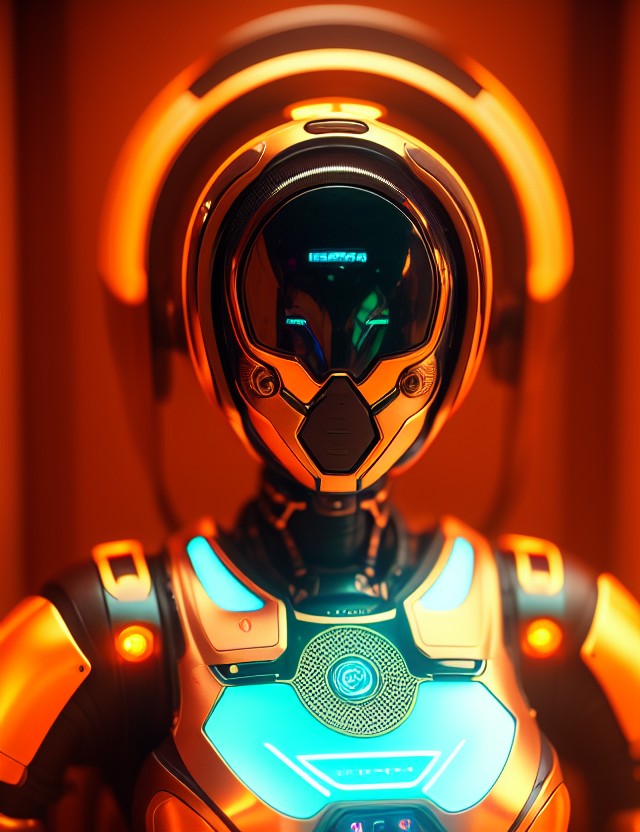Artificial intelligence has been a hot topic for many years, and as the technology evolves, the discussion surrounding it becomes increasingly nuanced. One such topic is the concept of Artificial Narrow Intelligence (ANI). In this blog post, we’ll take a closer look at what ANI is and how it differs from other forms of AI.
ANI refers to artificial intelligence that is designed to perform a specific task or set of tasks, typically within a narrow domain. For example, a program that is trained to recognize and categorize images of cats could be considered an ANI system. ANI is also sometimes called “weak AI,” as it is not capable of generalizing its knowledge to new situations or learning new skills on its own.
ANI is the most common form of AI currently in use. It is behind many of the applications that we interact with every day, such as voice recognition systems, spam filters, and recommendation engines. ANI is also used in industries such as manufacturing, where robots are programmed to perform specific tasks on assembly lines.
The key feature of ANI is that it is limited to the specific task for which it is designed. For example, a program that is designed to play chess at a high level is not able to do anything else, such as recognize speech or generate natural language. ANI systems are generally very good at the tasks they are designed for, but they lack the flexibility and adaptability of more advanced forms of AI.
One of the reasons ANI is so prevalent is that it is relatively easy to develop and implement. ANI systems are typically built using machine learning algorithms that are trained on large amounts of data. As the system processes the data, it learns to recognize patterns and make predictions based on that data. Once the system is trained, it can be deployed to perform the task for which it was designed.
While ANI is useful in many applications, it is not without its limitations. For example, ANI systems are not able to adapt to new situations or learn new skills without being reprogrammed. They also lack the creativity and intuition of human beings, making them less effective in situations where judgment and decision-making are required.
In conclusion, ANI is a specific form of artificial intelligence that is designed to perform a narrow set of tasks. It is currently the most common form of AI in use, and it powers many of the applications that we use every day. While ANI has its limitations, it is still a valuable tool for many industries and will continue to be an important area of research and development in the years to come.


Leave a Reply
You must be logged in to post a comment.